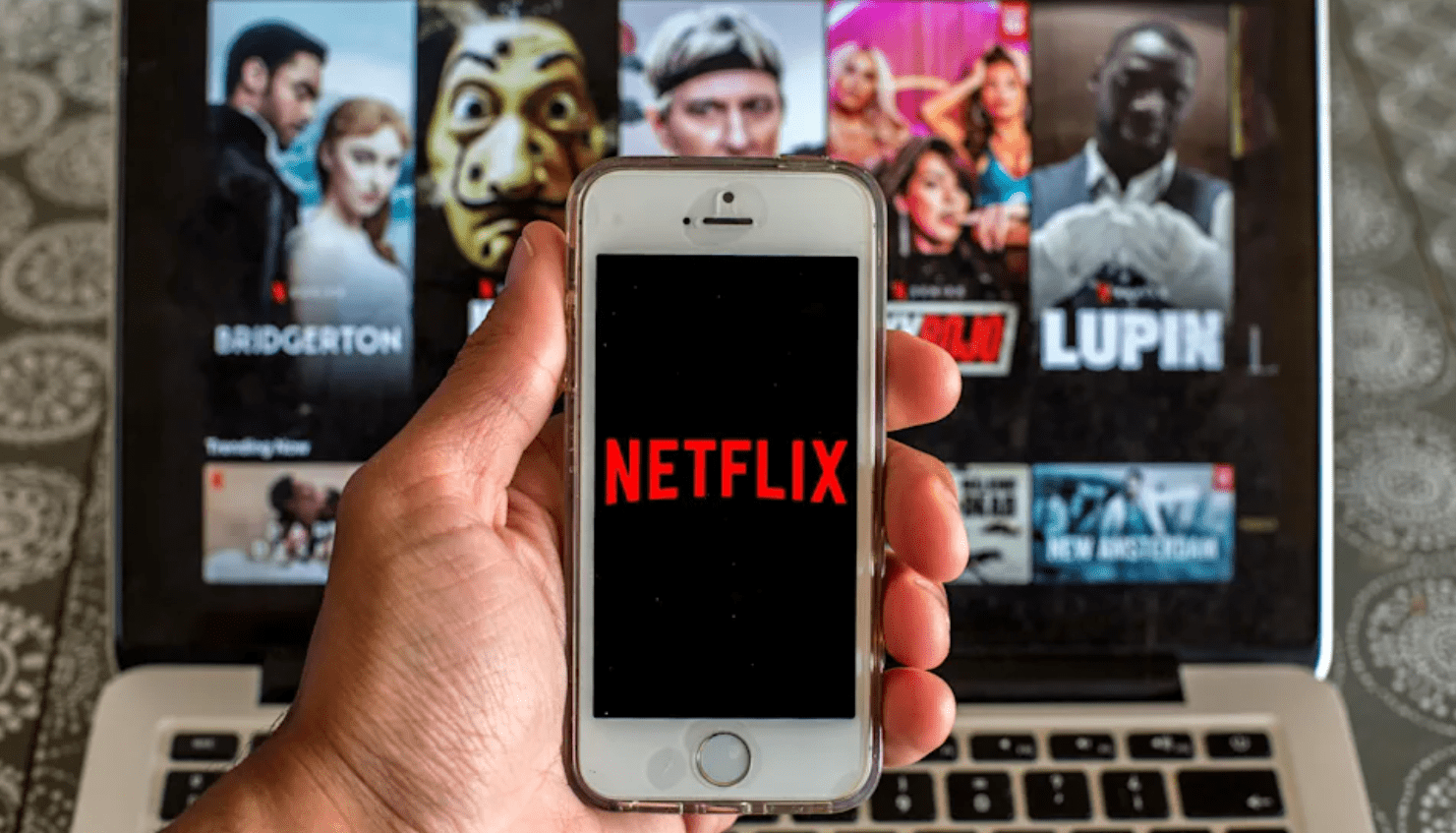Netflix (NFLX) reported first-quarter subscriber growth that came in sharply below expectations, with user growth slowing even more than anticipated following a record year during the pandemic. Shares sank about 10% in late trading following the results.
Here were the main metrics from Netflix’s report, compared to consensus estimates compiled by Bloomberg:
- Q1 Revenue: $7.16 billion vs. $7.14 billion expected and $5.77 billion Y/Y
- Q1 Earnings per share: $3.75 vs. $2.98 expected and $1.57 Y/Y
- Q1 Net paid subscriber additions: +3.98 million vs. +6.29 million expected vs. +15.77 million Y/Y
The Los Gatos, Calif.-based streaming company has become synonymous with the “stay-at-home” trade, or the cohort of stocks that have benefited from consumers spending more time indoors during the pandemic, and which might be at risk for slowing momentum once more areas of the economy reopen.
Netflix’s disappointing first-quarter paid streaming additions underscored the extent of this deceleration in the first three months of the year. The company added just 3.98 million subscribers, compared to a quarterly record of 15.8 million new paying users in the first three months of 2020. This also missed the company’s own guidance from January for 6 million new subscribers for the first quarter.
“We believe paid membership growth slowed due to the big COVID-19 pull forward in 2020 and a lighter content slate in the first half of this year, due to COVID-19 production delays,” Netflix said in a letter to investors on Tuesday. “We continue to anticipate a strong second half with the return of new seasons of some of our biggest hits and an exciting film lineup. In the short-term, there is some uncertainty from Covid-19; in the long-term, the rise of streaming to replace linear TV around the world is the clear trend in entertainment.”
Guidance for user growth in the second quarter was also weak compared to consensus expectations. The company said it anticipates second-quarter paid users will grow by just 1 million, compared to Wall Street’s expectations for 4.44 million.
Netflix has also faced an increasing set of competitors in the streaming space, many of which also rode the tailwinds of stay-at-home trends during the pandemic. HBO Max, owned by AT&T (T), reached 41 million U.S. subscribers two years ahead of schedule in January this year. And Disney+ (DIS), one of the most formidable streaming competitors to Netflix, topped 100 million global subscribers as of early March, ballooning to about half of Netflix’s 208 million worldwide subscribers within a year-and-a-half of launch.
“I think people are going to start to see that the jig is up on Netflix,” New Constructs CEO David Trainer told Yahoo Finance. “It’s just not nearly a profitable enough enterprise to compete with the likes of the movie studios, and in particular Disney, which has multiple ways to monetize content. Netflix has one way – streaming over the internet.”
At the same time, Netflix has a robust content pipeline for the current year, with the quality and content of its programming viewed by many as the crucial differentiator between the 23-year-old company and its newer streaming competitors. In the second quarter, new series including “Shadow and Bone,” “Jupiter’s Legacy” and new seasons of “Who Killed Sara?” and “Lucifer” are scheduled for release.
And while Netflix matures in terms of subscriber growth, its business has also become increasingly efficient from an operating standpoint, even as it continues to funnel billions into content creation. The company reiterated it believes it is “very close to being sustainably” free cash flow positive, after posting its first full-year of positive free cash flow since 2011 in 2020. Netflix also said expected free cash flow to be around breakeven in 2021, and added it “no longer [has] a need to raise external financing” for its day-to-day operations.
“While ‘tough comps’ have kept Netflix in check, we think their passing will refocus investors on the ‘new plateau’ in streaming and the emerging FCF [free cash flow] and capital return story,” BMO Capital Markets analyst Daniel Salmon wrote in a note Friday.
Shares of Netflix have risen about 1.9% for the year-to-date, underperforming against the S&P 500’s 10% rise over the same period.

